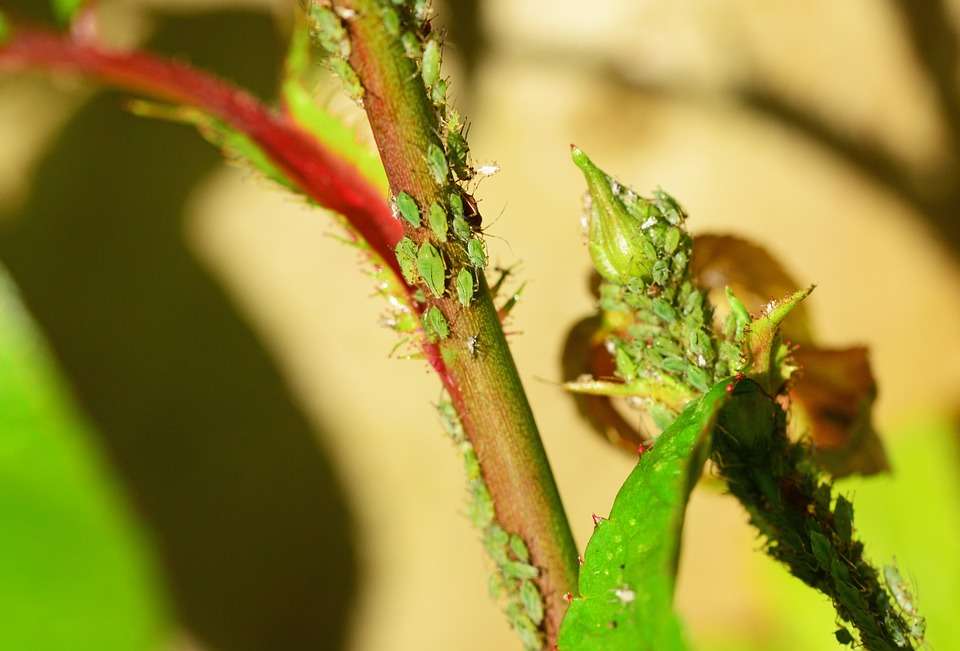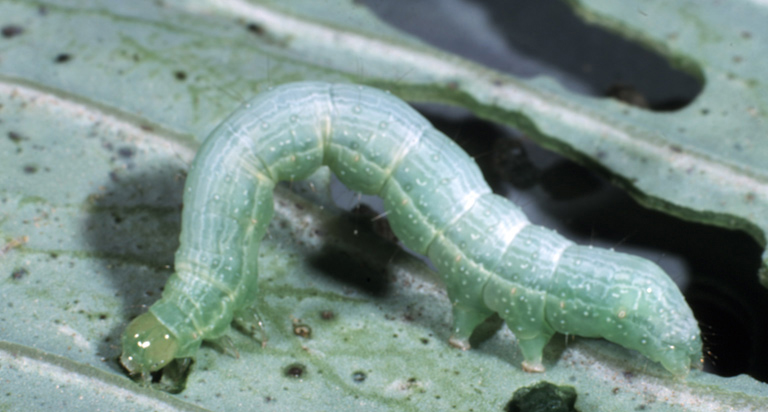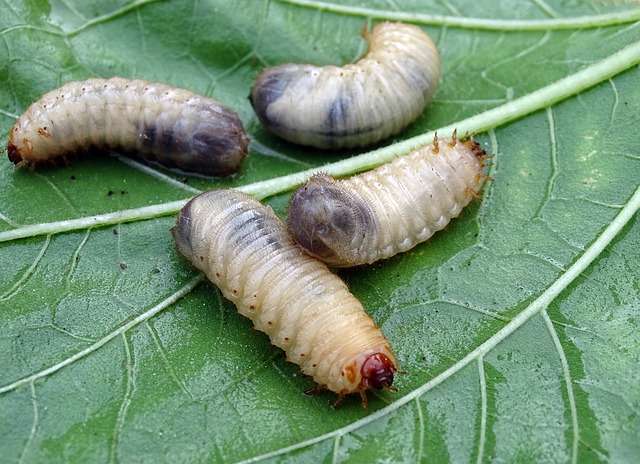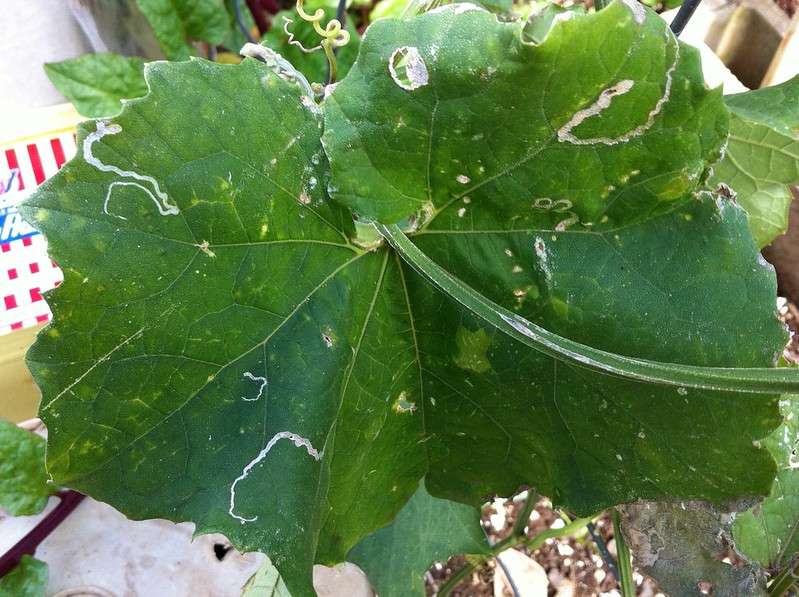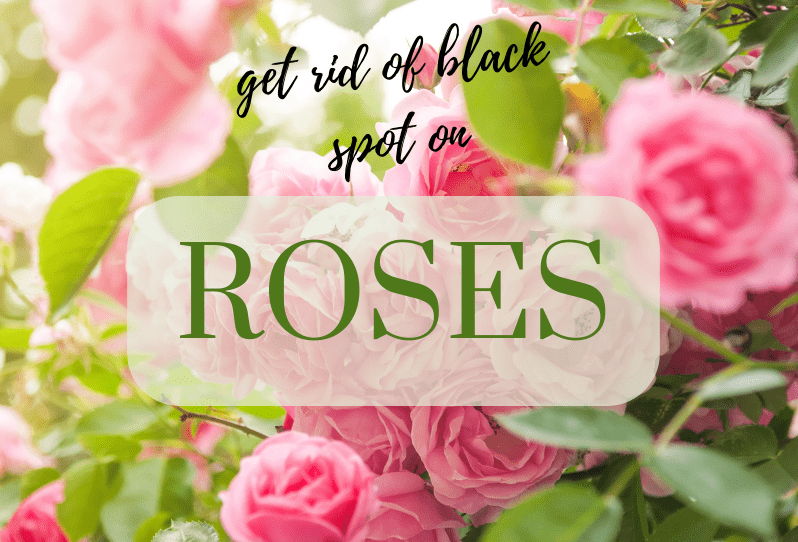This post may contain affiliate links. As an Amazon Associate we earn from qualifying purchases.
Are your plants being eaten by one of these common garden bugs?
It’s that time of year – just when you think you’re a roaring success as a gardener, the bug infestations begin. From worms to grubs to things that suck the juices out of foliage, gardens can disappear overnight.
Aphids
This is the pest we receive the most questions about. Arguably one of the most common garden bugs. For being so small, aphids can cause a lot of damage. And they aren’t picky about what they destroy. They’re just as fond as the tender new growth on rose bushes to tomato plants.
Aphids are tiny and can be white, green, brown, black, red, yellow or gray. They tend to cluster together and, as mentioned earlier, they thrive on tender, new growth.
The best solution for ridding the plant of aphids is a strong blast of water from the hose, which, if it doesn’t blast their bodies apart, will knock them to the ground.
The next best solution for aphids is lady bugs. Purchase these at your local garden center or online. See the Resources section at the end of this post.
If you prefer a spray solution, consider insecticidal soap spray (and NOT a DIY solution). You’ll find the one we recommend in the Resources section. To avoid damaging your plants, read the instructions completely before using.
Cabbage Loopers
We so often hear from gardeners with a cabbage looper problem that we wrote a post about it. You’ll find it here.
Grubs
Big, fat and usually white, grubs have voracious appetites. That mysterious dead patch of grass in your lawn? If you peel it back, you’ll most likely find that grubs have dined on the roots.
Grubs are beetle larvae which hatch in mid-summer and they overwinter in the soil.
The best chemical-free way to kill grubs is by using beneficial nematodes – the Heterorhabditis bacteriophora (Hb) variety (see the resources section, below).
Unfortunately, it may take some time for the nematodes to build up a population large enough to kill the grubs.
A good chemical solution is Scott’s GrubEX. You can purchase it at the large gardening centers or online.
Leaf miners
Most leaf miners are moth larvae that subsist on the leaves of garden plants. They do so by tunneling with the leaves, leaving interesting-looking trails on the surface of the leaf.
Like grubs, leaf miners survive through winter, emerging as adults in spring. This is when they’ll inject their eggs into the leaves. The hatched larvae then feed within the leaves for two to three weeks.
“Several generations can occur during one year,” according to the experts at the University of Minnesota Extension.
To control the pest, it’s important to remove and destroy any infested leaves. Then, choose an insecticide containing Spinosad. We like this solution because it is natural (it comes from a soil-dwelling microorganism).
See where to buy it in the Resources section, below.
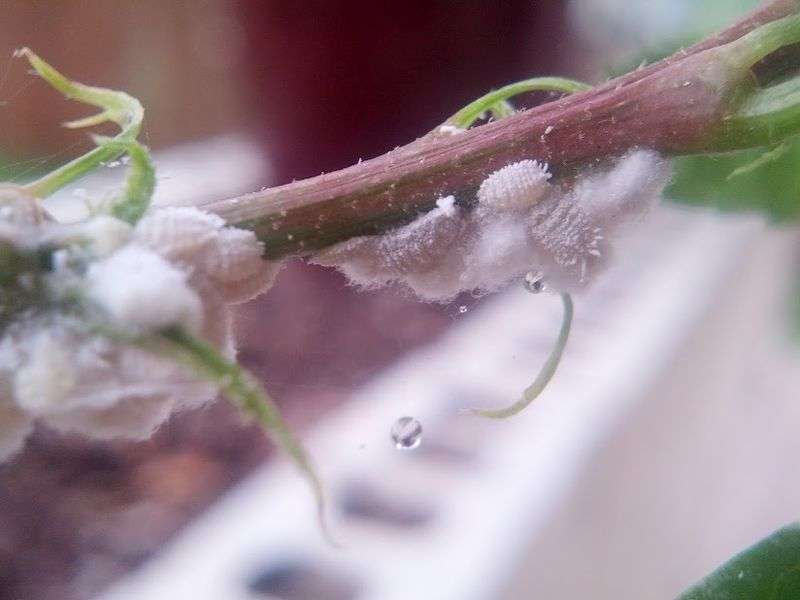
Get rid of mealy bugs
If you see what looks like patches of a cottony substance on the stems, in the branch crotches or crown of your plants, look closer. It is most likely a mealy bug colony.
These pests are covered in a waxy substance, making them resistant to many amateur attempts to control them.
They produce honeydew, like aphids and soft scales, so you may also notice ants on the plant.
This is another pest that can be controlled by ladybugs (see the Resources section, below).
Neem oil and insecticidal soap spray will help suppress an infestation as well.
Do read the instructions carefully as both of these products may burn your plants if not used correctly.
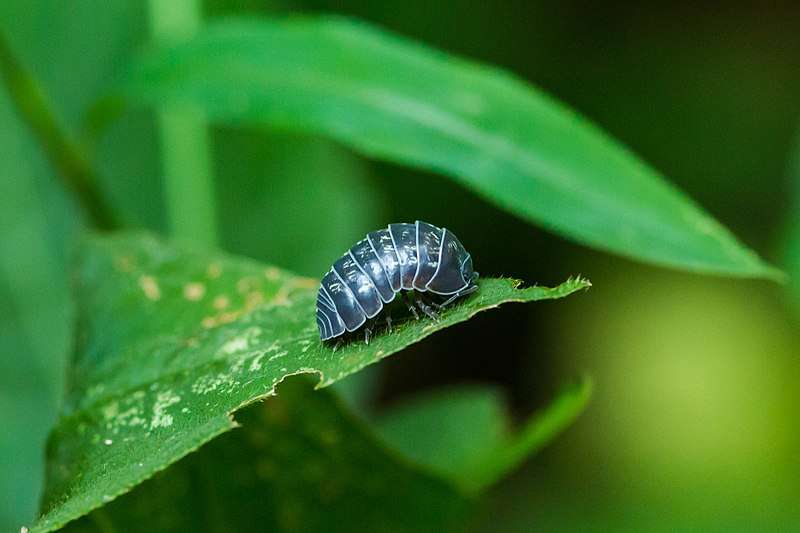
How to kill roly poly bugs
Most of us are familiar with the pillbug (Armadillidium vulgare) from childhood. What fun it was to touch them and watch them roll into a ball!
As an adult gardener, however, we have a love/hate relationship with the terrestrial crustacean. It is often a beneficial in the garden, much like earthworms.
The roly poly, however, ceases being cute and far from fun when it’s munching on the roots of our pea, tomato, bean, radish, lettuce and other crops.
Make the vegetable garden unattractive to the roly poly by not overwatering and diligently removing decaying organic material.
Deal with an infestation by applying a bait to the soil. We like Monterey’s Sluggo Plus because it’s safe for pets and wildlife.

Control Spider Mites
Spider webbing or mottled yellow foliage on your plant? Look for tiny bugs in those webs – they’re spider mites and suck the juices from plants.
Control an infestation with horticultural oil (see the Resources section below) or insecticidal soap. The product must cover the mite for it to be effective.
Remember to follow the label instructions to avoid burning the plant.
Resources
We make a small commission if you click on a link and purchase an item.
Lady Bugs
Insecticidal Soap Spray
Beneficial Nematodes
GrubEX
Spinosad Spray
Sluggo Plus (for roly poly control)
Neem Oil
Horticultural Oil

